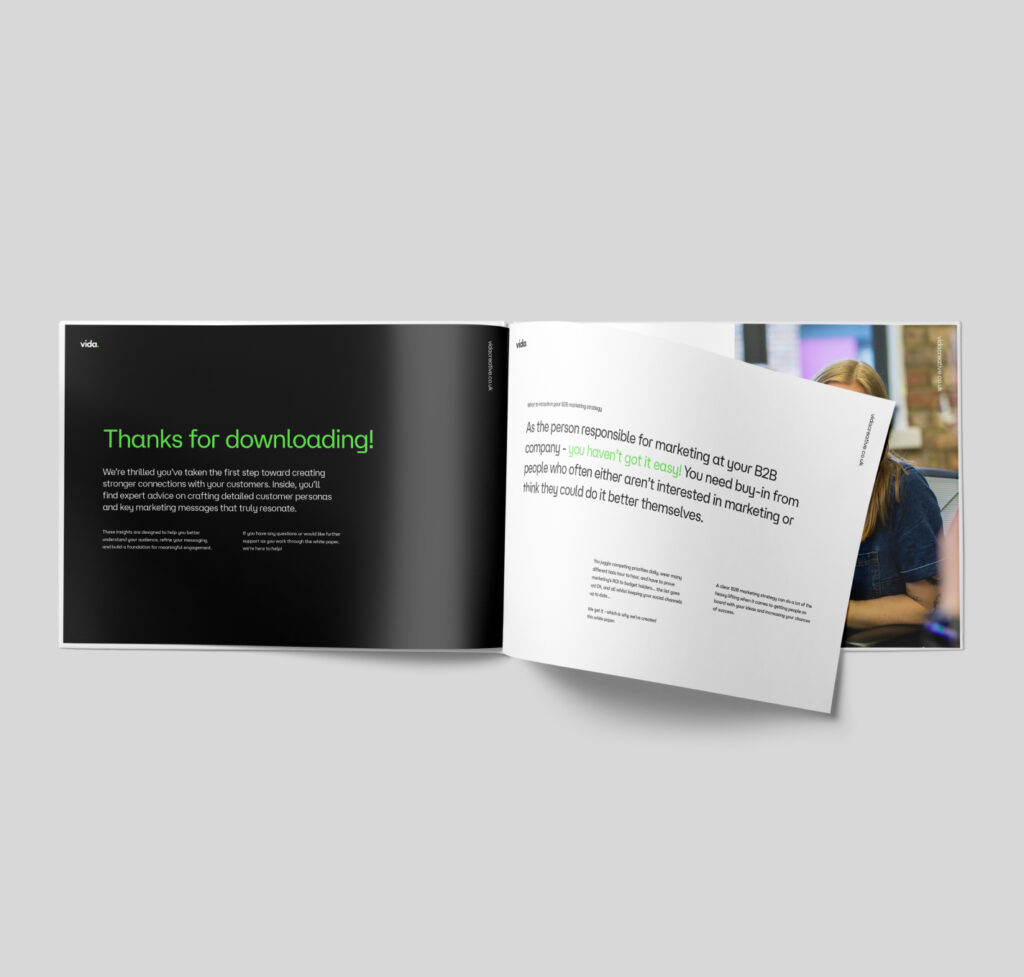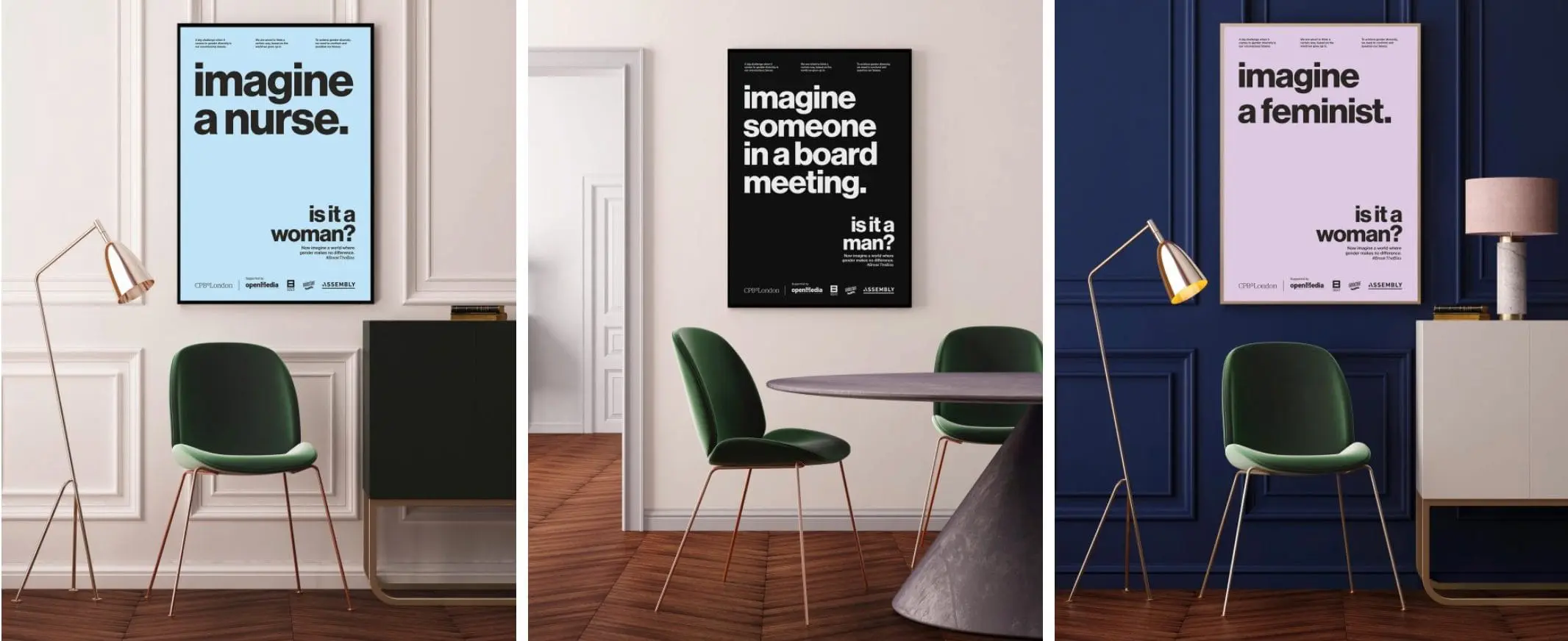Your brand voice can help you stand out from a crowded marketplace and build a loyal following.
Sometimes overlooked in comparison to brand image, tone of voice is just as important in how people feel about your brand. It’s easy to focus on design, but the words you choose are more important than ever in standing out from a crowded marketplace.
Your brand’s voice and tone will develop over time, particularly if your business is still young. But once you’ve got it down, being confident and consistent with it will help build a fanbase that advocates for your brand.
If you’ve never thought about your brand voice before, the time is now! Here are some pointers to get you started.
Customer personas
Start by creating customer personas. Take a look at the channels they use and the publications they read to help you figure out a suitable tone. Then think about their pain points (i.e. the problems that your brand solves for them), and note down the solutions.
Other things you can include in your personas:
- Who the person is, including detailed demographics and job
- The things each of your personas cares about
- What they do in their spare time
- Their aims (in life and at work)
- Key messages that are relevant to them
Doing the persona exercise will help you get into your audience’s mindset and think on the same wavelength. It’s then much easier for you to create content ideas that talk to them in a relatable way.
Communicating why your clients should choose you to solve their problems is the real aim. Personas allow you to think through this in the detail you need to in order to attract them.
Pro tip: Whatever you do with your content, avoid technical jargon because it’s unlikely people will form a genuine connection to that (and no one likes a show-off!). The best marketing is built upon emotion, after all.
Create guidelines to stay consistent
Once you’ve perfected your tone and voice, create guidelines to share with anyone who creates content that represents your brand. This is essential if you’re to keep things consistent.
In your guidelines, include things like:
- Adjectives that describe how you want to come across
- A list of words that explain how you don’t want to be seen
- Specific examples of these dos and don’ts
- A list of your main marketing channels, including any differences in the way you communicate with your audiences across these channels.
This means anyone writing or publishing content for your brand will get a feel straight away of what you’re looking to achieve. It’s also handy to be able to refer back to the guidelines if they need a refresher.
The more content you produce, and the more you interact with your audience and clients, the more you’ll nail your brand voice.
Track what works
It can take a while to get it right and it’s only natural that your brand voice will change and develop as your company does over time. Go back and take a look at the first iteration of your brand communications such as social posts or newsletters for example. The phrases used are likely to be different to the types of things you say now.
Of course, audience preferences and trends also change, so you’ll need to adapt the way you communicate to suit those too. But how do you know if your tone is working with the people that matter?
You can tell if your content lands right by tracking key metrics like:
- Social media engagement
- Website traffic and engagement
- Number of enquiries/purchases
- Email newsletter opens and clicks
There are so many other relevant metrics you can use. Pick the metrics that relate most to your chosen marketing channels and aims for the campaign.
In conclusion
As long as you are authentic, genuine and emotive, there’s no reason why your brand voice won’t be a hit.
If you’re embarking on a new direction for your brand voice, ensure you do your prep, get everyone on board and track results.
No matter the tone or style you decide to go with, one thing’s for sure – it should run consistently through all of your channels of communication. We’re talking website, social media, mission statement, blogs, emails, ads and anything else you can think of.
Establish a tone that speaks directly to your customers. Then, you’ll have more chance of being distinct in your market.
Need help establishing your brand?
Get in touch! We’re always happy to have a chat about how you can get the most out of your marketing whether it’s your brand voice, your logo, or your marketing strategy.


